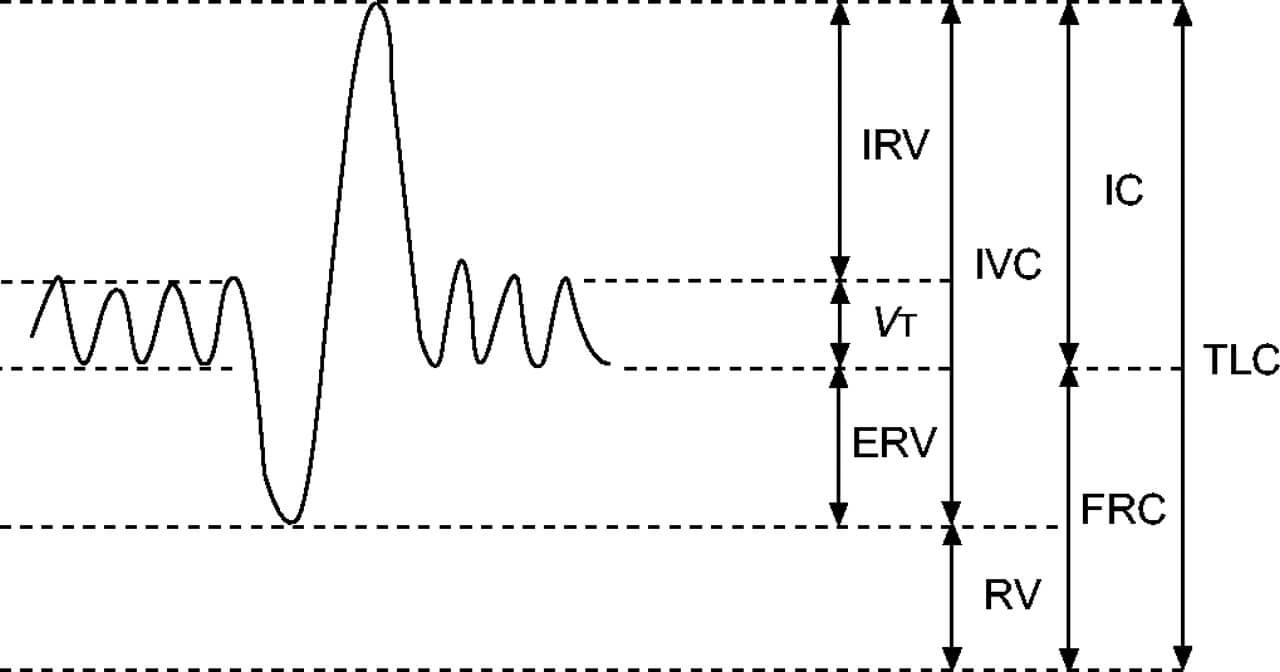Mnemonic: 6 LITERs Lung Capacity (TLC = 6L) = Inspiratory reserve volume (IRV = 3.3 L) + Tidal volume (TV = 0.5 L) + Expiratory reserve volume (ERV = 1 L) + Reserve volume (RV = 1.2 L) Mnemonic: There are 4 lung volumes that do not overlap and 4…
Tag: Physiology
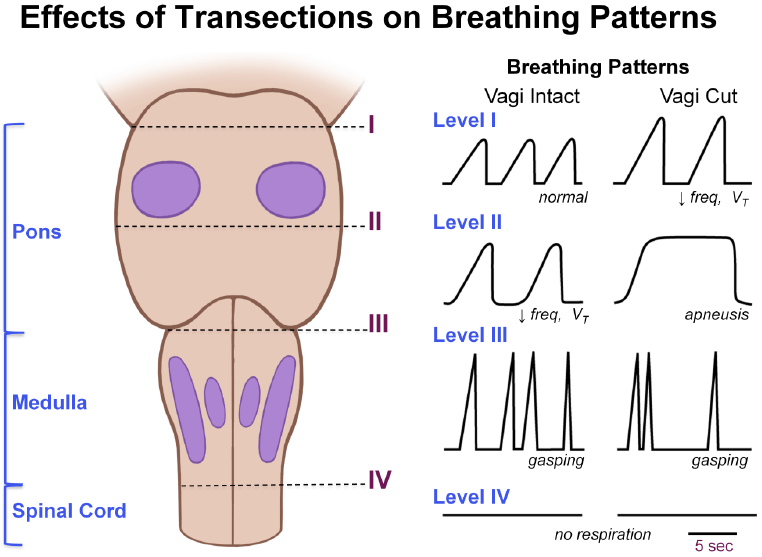
Respiratory Center Simplified
Mnemonic: Boat starts and PRASaD DIVEs 1. pre-Botzinger complex Starts respiratory rhythm (pacemaker): Boat Starts Location: Between nucleus ambiguus and lateral reticular nucleus (upper medulla) 2. Pneumotaxic center Represses Apneustic center: PR-A Location: Upper pons (Nucleus parabrachialis and Kolliker-fuse nucleus) 3. Apneustic center Stimulates DRG: A-SaD Location: Lower pons 4….
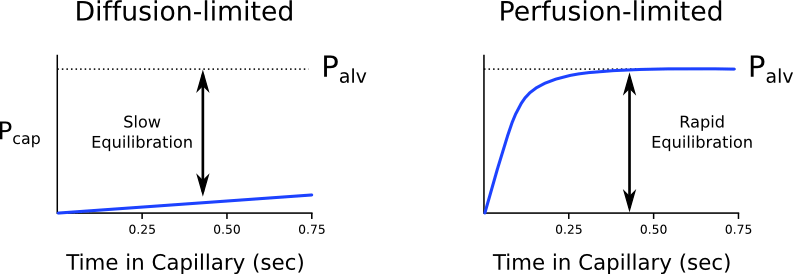
Perfusion and Diffusion Limited Gas Exchange
Under resting conditions, red blood cells move through the pulmonary capillary bed in approximately 0.75 seconds (transit time), although equilibration of oxygen and carbon dioxide takes place in about 0.25 seconds. In a diffusion limited gas exchange situation, the alveolar gas is still equilibrating with the blood cell at the…
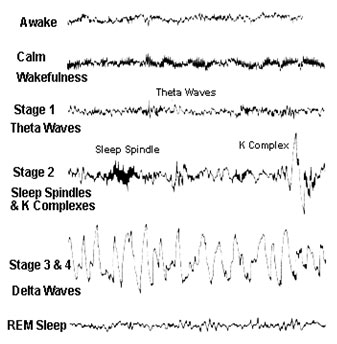
Sleep Stages and EEG : Mnemonic
Mnemonic: BATS Drink Blood – in sleep 1. Awake with eyes open: Beta wave (highest frequency and lowest amplitude) 2. Awake with eyes closed: Alpha wave (synchronized brain activity) 3. NREM/Slow wave/Orthodox sleep (70-80%): Stage 1 (light sleep): Theta waves Stage 2 (intermediate): Sleep spindles and K-complex Stage 3 and…
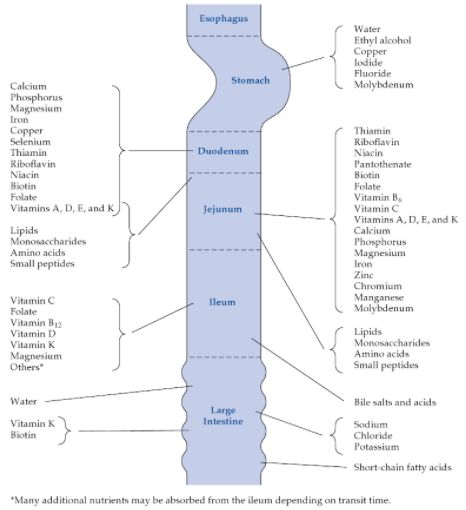
Site of absorption of Vitamins, Minerals and Nutrients
Duodenum Calcium Thiamine Iron Protein Carbohydrate Jejunum/Proximal ileum Fat Vitamins A, D, E, K Water-soluble vitamins Folate Essential minerals Copper Zinc Phosphorous Magnesium Terminal ileum Vitamin B12 Bile salts Reference: The SAGES Manual: A Practical Guide to Bariatric Surgery edited by Ninh T. Nguyen, Eric DeMaria, Sayeed Ikramuddin, Matthew M. Hutter

Heart Sounds – Clinically Explained
Auscultation (to listen), a clinical procedure done on a daily basis as an aid in diagnosing many disorders, dates back centuries since the Egyptians. It was then an unaided auscultation (i.e. directly applying the ear to the body). In 1800’s Dr. Rene Laennec introduced the “Stethoscope” (Chest Scope), rolled paper…
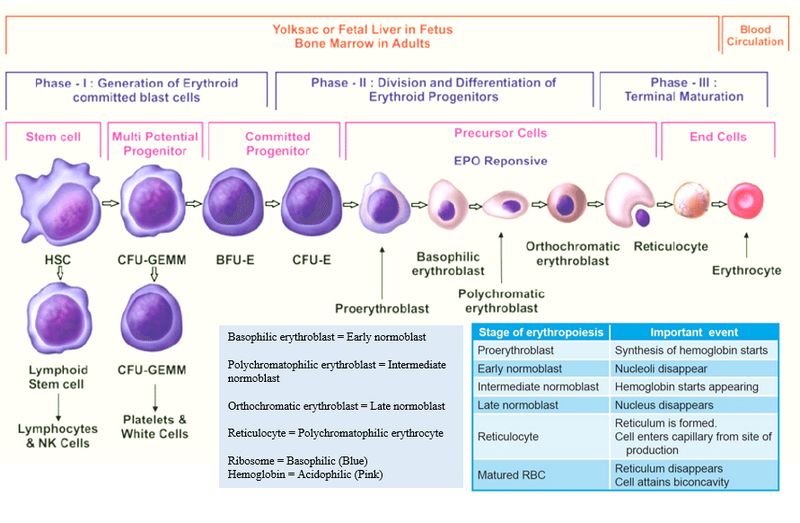
Erythropoiesis Simplified
Hemoglobin Switching mnemonics 1st to appear: Embryonic hemoglobin (Gower and Portland) Switch from fetal hemoglobin to adult hemoglobin: “Gamma goes, Beta becomes, Alpha always” Fetal hemoglobin: α2γ2 Adult hemoglobin: α2β2 ζ chain α chain ε chain HbE Gower 1 HbE Gower 2 γ chain HbE Portland I HbF β chain HbE Portland II…
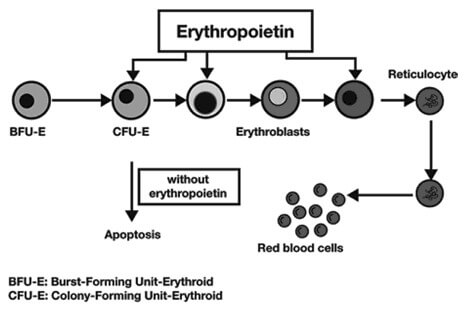
Erythropoietin (EPO) Physiology
Structure of erythropoietin (EPO) Glycoprotein hormone 165 amino acids Molecular mass – 30 kDa Site of production/synthesis of erythropoietin (EPO) Kidneys (75-90%): Peritubular interstitial cells Liver (15%; chief source in fetus and neonates): Centrilobular hepatocytes After birth, erythropoietin is not detectable until 8-12 weeks after birth leading to physiological anaemia…
